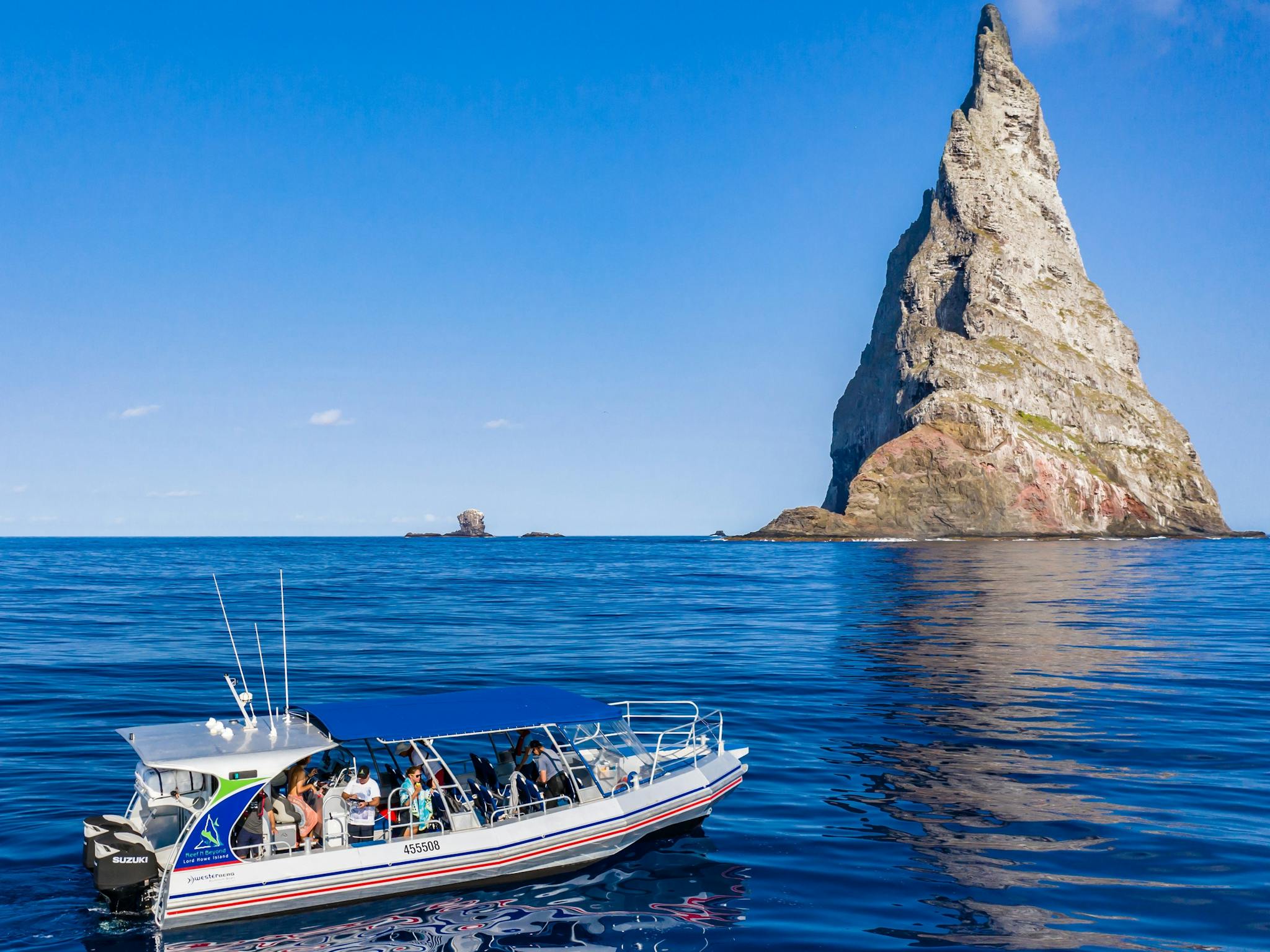Australian rainforest experiences offer an unparalleled journey into some of the world’s most ancient and biodiverse ecosystems. Whether exploring the legendary Daintree Rainforest, walking beneath towering fig trees in Lamington National Park, or swimming in the pristine waters of Mossman Gorge, visitors can immerse themselves in a world of lush greenery, exotic wildlife, and breathtaking landscapes. These rainforests, many of which are protected as UNESCO World Heritage sites, showcase Australia’s unique natural beauty and deep Indigenous heritage.
A key highlight of Australian rainforest experiences is the incredible biodiversity. In Queensland’s Wet Tropics, ancient plant species flourish alongside rare and endangered wildlife. The southern cassowary, an enormous flightless bird found in the Daintree Rainforest, plays a crucial role in seed dispersal, ensuring the survival of the forest. Tree kangaroos, Boyd’s forest dragons, and vibrant butterflies add to the magic of these ecosystems. Guided wildlife tours, such as those offered by Australian Wildlife Journeys, provide visitors with unforgettable encounters with these remarkable creatures.
One of the most captivating ways to experience Australia’s rainforests is by visiting their stunning waterfalls and hidden swimming holes. Barron Falls, one of the most powerful cascades in Queensland, is best viewed from the Skyrail Rainforest Cableway. Meanwhile, Josephine Falls offers a natural waterslide experience in the heart of the jungle. These hidden gems allow visitors to cool off while surrounded by ancient trees and tropical sounds, creating an atmosphere of pure serenity.
Beyond the natural beauty, Australian rainforest experiences offer deep cultural connections through Indigenous heritage. The Kuku Yalanji people have lived in the Daintree region for thousands of years, passing down knowledge about bush tucker, medicinal plants, and Dreamtime stories. Visitors can join cultural tours at places like Mossman Gorge Cultural Centre to learn about traditional lifestyles and the importance of land conservation. These experiences provide not just adventure but also profound insights into Australia’s oldest living culture.
For those who love adventure, canopy walks and skywalks offer breathtaking views of the rainforest from above. The Tamborine Rainforest Skywalk allows visitors to wander through high-elevation walkways, providing a unique perspective on the treetops. Nighttime rainforest tours, such as those run by Tropical Treks Nature Tours, reveal an entirely different world, where glow worms light up the dark, and nocturnal creatures roam the undergrowth.
As ecotourism grows, sustainable rainforest travel is more important than ever. Responsible tourism initiatives, supported by organizations like Rainforest Rescue, help protect these ancient ecosystems from deforestation and climate change. By choosing eco-certified tours and supporting conservation projects, visitors can enjoy the wonders of Australia’s rainforests while ensuring their preservation for future generations.
Exploring the Ancient Daintree Rainforest: A Journey Through Time
The World’s Oldest Living Rainforest
The Daintree Rainforest, located in Far North Queensland, is estimated to be around 180 million years old, making it the oldest continually surviving tropical rainforest in the world. Covering approximately 1,200 square kilometers, it is home to an incredible array of flora and fauna, many of which are found nowhere else on Earth. Scientists believe that the rainforest’s unique climate and geological stability have contributed to its remarkable biodiversity.
Unique Flora and Fauna of the Daintree
With over 3,000 plant species, the Daintree Rainforest supports one of the richest ecosystems on the planet. Among its most famous trees is the ancient Hope’s Cycad, a species dating back over 200 million years. The forest is also home to rare and endangered animals, such as the southern cassowary, which plays a crucial role in seed dispersal. The Daintree River is a habitat for saltwater crocodiles, while 54% of Australia’s butterfly species can be found in the region.
Rainforest Climate and Ecology
The Daintree receives an average annual rainfall of 2,000 to 4,500 millimeters, creating a lush, humid environment that sustains its diverse ecosystem. Temperatures remain relatively stable throughout the year, ranging from 22 to 32 degrees Celsius. This constant climate supports the survival of primitive species that have remained unchanged for millions of years.
Cultural and Indigenous Heritage
For over 50,000 years, the Kuku Yalanji people have lived in the Daintree Rainforest, maintaining a deep spiritual and cultural connection to the land. Their traditional knowledge of medicinal plants, wildlife, and sustainable living is still practiced today. Guided cultural tours offer visitors insights into their way of life, including bush tucker, ancient rock art, and Dreamtime stories.
Sustainable Tourism and Conservation Efforts
Tourism in the Daintree contributes significantly to the local economy, with over 400,000 visitors each year. However, conservation efforts are essential to preserve the delicate balance of this ecosystem. Organizations like the Wet Tropics Management Authority and the Rainforest Rescue Foundation work to protect the region by restoring damaged areas, controlling invasive species, and promoting eco-friendly tourism practices.
Wildlife Encounters: Spotting Rare and Exotic Creatures in the Rainforest
The Elusive Southern Cassowary
One of the most iconic animals of the Australian rainforest experiences is the southern cassowary. This flightless bird, standing up to 1.8 meters tall and weighing 60 kilograms, is vital to the rainforest’s ecosystem as it disperses large seeds over vast distances. Despite its importance, cassowary populations have declined due to habitat loss and vehicle collisions, with estimates suggesting fewer than 4,600 individuals remain in the wild.
The Tree Kangaroos of Tropical Queensland
Australia is known for its kangaroos, but few people realize that some live in trees. The Lumholtz’s tree kangaroo and Bennett’s tree kangaroo are two species that thrive in the dense foliage of the Queensland rainforests. These marsupials, which can leap up to nine meters between branches, are incredibly agile despite their bulky appearance.
The Rare and Colorful Boyd’s Forest Dragon
Boyd’s forest dragon is a striking reptile that relies on its camouflage to blend into tree trunks. Unlike other lizards, it remains motionless for long periods, waiting for insects to approach. It is most commonly found in the Wet Tropics, preferring the cool, shaded areas of the rainforest floor.
The Bizarre-looking Platypus
A highlight of Australian rainforest experiences is spotting the elusive platypus. These monotremes, known for their duck-like bill and webbed feet, are semi-aquatic mammals that thrive in freshwater creeks. They are most active during dawn and dusk, making early morning river tours an excellent opportunity for sightings.
Nocturnal Wildlife: Possums, Owls, and Gliders
When the sun sets, the rainforest comes alive with nocturnal creatures. The greater glider, Australia’s largest gliding marsupial, can soar up to 100 meters between trees. Powerful owls, which have a wingspan of 1.4 meters, hunt small mammals and birds, playing a crucial role in the food chain. Night tours often reveal sugar gliders, possums, and bandicoots foraging in the undergrowth.
Waterfalls and Hidden Swimming Holes: Nature’s Best-Kept Secrets
The Magnificent Barron Falls
Barron Falls, located in the Barron Gorge National Park, is one of Queensland’s most famous waterfalls. Standing at 125 meters high, it is most spectacular during the wet season when torrents of water cascade down the rocky cliffs. A scenic railway and skyrail offer breathtaking views of the falls and surrounding rainforest.
Crystal Cascades: A Local Favorite
Crystal Cascades, just outside of Cairns, is a series of small waterfalls and freshwater swimming holes. With clear, cool water surrounded by dense rainforest, it is a popular spot for both locals and tourists.
Josephine Falls: A Natural Waterslide
Located in Wooroonooran National Park, Josephine Falls features a unique rock formation that creates a natural waterslide. The pool at the base of the falls is a popular swimming spot, with crystal-clear water fed by mountain streams.
Millaa Millaa Falls: A Photographer’s Dream
Millaa Millaa Falls is one of the most photographed waterfalls in Australia. At 18 meters high, its perfect curtain of water surrounded by lush greenery makes it an iconic destination along the Waterfall Circuit.
Nandroya Falls: A Hidden Gem
For those seeking a less crowded experience, Nandroya Falls offers a scenic hike through the rainforest, leading to a stunning two-tiered waterfall. The 6-kilometer return trail passes through ancient trees and vibrant plant life, making the journey as rewarding as the destination.
Indigenous Connections: Learning from the Traditional Custodians of the Land
The Kuku Yalanji People
The Kuku Yalanji people have lived in the rainforests of Far North Queensland for thousands of years. Their deep knowledge of the land, plants, and wildlife is passed down through generations.
Traditional Bush Tucker
The Australian rainforest experiences are incomplete without learning about bush tucker. The rainforest provides an abundance of food, including Davidson’s plums, finger limes, and the toxic-but-edible black bean, which requires careful preparation.
The Art of Fire Management
Indigenous Australians have used controlled burning techniques for thousands of years to maintain the health of the land. Known as “cool burning,” this method reduces fuel loads and promotes new plant growth.
Dreamtime Stories and Cultural Significance
Many rainforest features hold spiritual significance for Indigenous communities. The Mossman Gorge, for example, is a sacred place where visitors can learn about Dreamtime stories and traditional customs.
Indigenous-led Eco Tours
Guided cultural tours offer visitors the chance to experience the rainforest through the eyes of its traditional custodians. Activities may include spear-throwing, ochre painting, and guided bushwalks.




